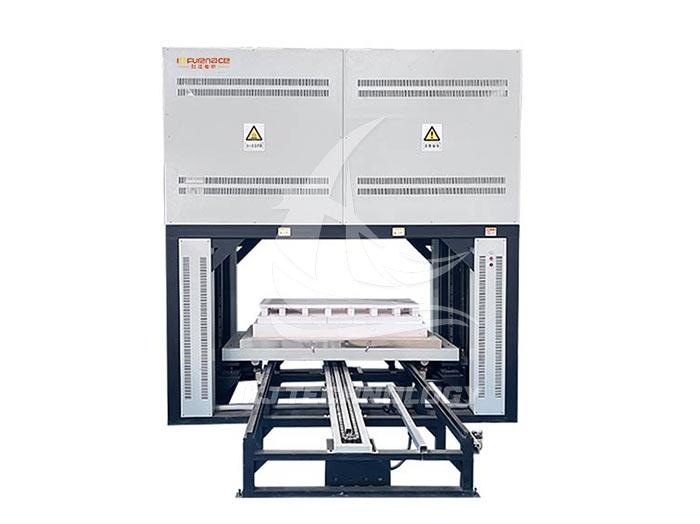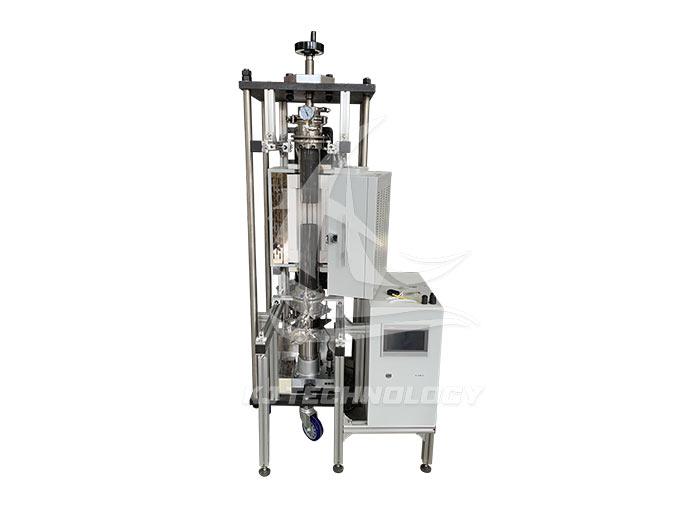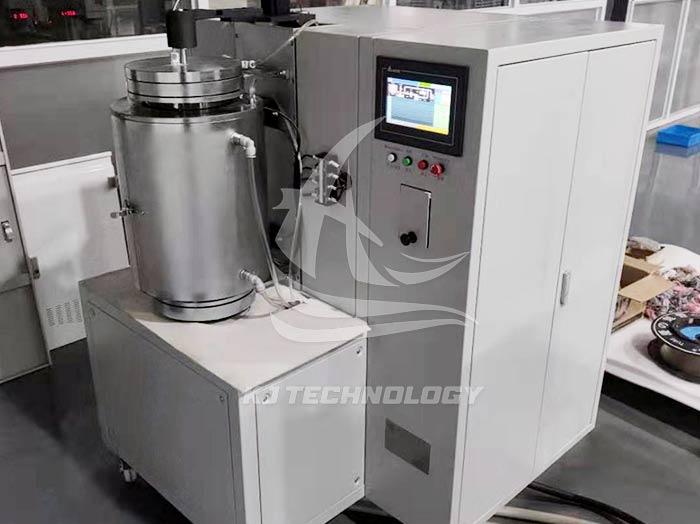What are the characteristics and advantages of vacuum atmosphere heat treatment furnaces?
 05-27-2025 Author: KJ technology
05-27-2025 Author: KJ technology
The vacuum atmosphere heat treatment furnace has significant technical advantages in the field of material processing through the synergistic effect of vacuum environment and atmosphere control. The following analysis will be conducted from three dimensions: equipment characteristics, process effects, and application value:
1. Core equipment characteristics
Ultra clean processing environment
Vacuum degree control: A multi-stage vacuum pump group (mechanical pump+diffusion pump/molecular pump) is used to achieve a vacuum degree of 10 ⁻³~10 ⁻⁶ Pa, effectively eliminating impurities such as oxygen and water vapor.
Atmosphere purity: 99.999% high-purity gas (such as Ar, N ₂) can be introduced, combined with a closed-loop circulation system to avoid external pollution.
High precision process control
Temperature uniformity: Adopting three-dimensional radiation heating technology, the temperature difference inside the furnace is ≤± 5 ℃, ensuring the consistency of material properties.
Dynamic atmosphere regulation: Gas flow rate can be adjusted with precision of ± 0.1% F.S. through a mass flow controller (MFC), and programmable atmosphere switching is supported.
Modular design
Heating methods: Resistance heating (up to 1800 ℃) and induction heating (up to 2500 ℃) are optional, suitable for different material requirements.
Atmosphere configuration: Supports single gas, multi-component mixed gas (such as H ₂+N ₂), and vacuum atmosphere circulation processes.
2. Process effect advantages
Breakthrough in material performance
Inhibition of oxidation and decarburization: At a high temperature of 1200 ℃, the thickness of the oxide layer on the surface of the steel can be controlled within 0.1 μ m, which is 90% less than that of an air furnace.
Microstructure optimization: By precise temperature control (adjustable heating rate of 0.1-50 ℃/min), the grain size is refined to the sub micron level, significantly improving material toughness.
Energy saving and environmental benefits
Thermal efficiency improvement: Adopting a full fiber lining structure, heat loss is reduced to less than 15%, saving 30% energy compared to traditional box furnaces.
Gas recycling: equipped with a gas recovery system, reducing inert gas consumption by 50% and lowering operating costs.
processing compatibility
Multi process integration: A single device can achieve more than 10 processes such as annealing, quenching, carburizing, brazing, etc., reducing equipment investment.
Material universality: Suitable for all types of materials including metals (titanium alloys, high-temperature alloys), ceramics (alumina, silicon nitride), composite materials (C/C, SiC/SiC), etc.
3. Application value manifestation
Empowering high-end manufacturing
Aerospace: After vacuum heat treatment, the fatigue life of engine blades is increased by three times, meeting the strict requirements of GE9X, LEAP and other models.
Medical devices: Implantable grade titanium alloy has a 40% increase in biocompatibility after vacuum treatment, and the FDA 510 (k) certification cycle has been shortened by 50%.
Research and Innovation Support
New material development: Successfully prepared single-phase high entropy alloy with a hardness of HRC70 or higher in a vacuum+hydrogen environment at 1800 ℃.
Process optimization: Through DOE experimental design, the sintering cycle of a certain type of hard alloy was shortened from 72 hours to 48 hours, and the yield rate was increased to 98%.
4. Technological development trends
Ultra high temperature vacuum technology
Develop graphene heating elements with a target temperature exceeding 3000 ℃ to meet the preparation needs of nuclear and superconducting materials.
Intelligent Atmosphere Control System
Integrating machine learning algorithms to achieve dynamic optimization of atmosphere composition, improving the depth control accuracy of the carburized layer to ± 0.01mm.
green manufacture technology
Develop a hydrogen heat treatment system that uses electrolyzed water to produce hydrogen instead of traditional ammonia decomposition, reducing carbon emissions by 100%.
The vacuum atmosphere heat treatment furnace has become a key equipment in the high-end manufacturing field by eliminating oxidation pollution, accurately controlling material structure, and adapting to complex process requirements. Its technological iteration is accelerating towards ultra-high temperature, intelligence, and green direction, providing core process support for strategic emerging industries such as aerospace, new energy, and biomedicine.








